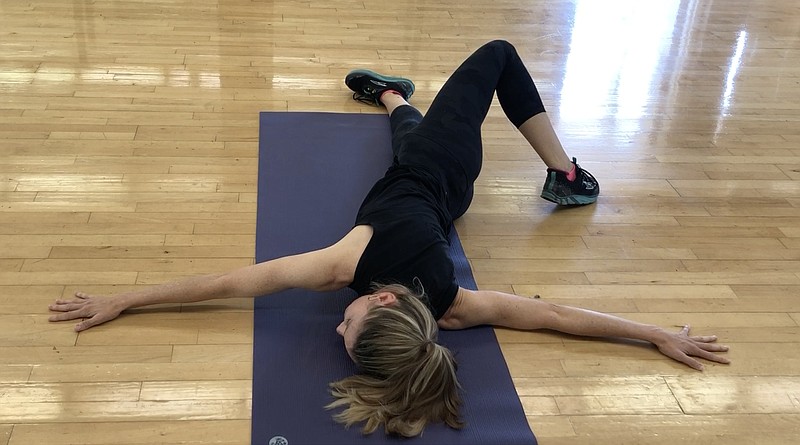Health and fitness professionals can gather significant information about an individual's biomechanics without ever conducting a full exam. There are dozens of functional movement screenings designed to assess range of motion, but observing gait and posture are equally as valuable.
Paying attention to a few key points will help us all better understand our own biomechanics.
The way people carry themselves reveals a lot about their musculoskeletal health. A brisk walker with upright posture and a chin held high indicates generally good biomechanical function. Conversely, a person with a slow, labored walk who shuffles about with a hunched-over posture has poor biomechanical function.
We have all observed people on both ends of the spectrum, but most people fall somewhere in between. Many of us also experience high quality and low quality biomechanical function during our lives, and so we know high function is easier to live with. The trouble is, biomechanical dysfunction usually does not happen all at once — unless an injury has occurred. It is typically a slow process that starts with inactivity and progresses to stiffness, weakness and a general lack of mobility.
It sneaks up on us as we age.
The good news is that the onset of biomechanical dysfunction associated with aging can be delayed, and in some cases prevented altogether. Living an active, health-oriented lifestyle has a dramatic impact on one's ability to move later in life.
The best exercises for maintaining biomechanical health are generally strength- or flexibility-related.
I recommend daily stretching for the back, neck, hips and shoulders. Strength training for the lower body is the most critical, but overall strength training is ideal.
The great thing is, an exercise routine does not have to be high intensity to provide lasting biomechanical benefits. Even if huge strength or flexibility gains are not made, each workout helps to prevent dysfunction and stiffness associated with aging.
This week's exercise is a cool way to stretch the lower back and hip with one simple move. The Scorpion Stretch is one that you'll want to ease into but feels great once the ideal position is achieved.
1. Lie on your stomach with both arms extended horizontally from your shoulders. Your body should form a capital "T" in this position.
2. Lift your left foot and move it to the right as far as you can.
3. Allow your body to roll a little, but your arms should stay on the floor.
4. Continue moving the left foot as far as you can to the right. If you can touch the ground outside your right leg, that's the goal.
5. Hold this position for 10 seconds, then slowly roll back to the starting position.
6. Repeat with the right leg.
7. Perform two repetitions on each side.
This stretch will certainly feel awkward at first, simply because humans rarely put themselves in this type of position. But it is a fantastic way to keep the lower back and core mobile.
The Scorpion Stretch is also easy to adapt for those with less flexibility. Allowing the hips to roll early in the stretch will reduce the lower back stretch and allow for less resistance. So, it's appropriate for all fitness levels. Enjoy!
Matt Parrott has a doctorate in education (sport studies) and a master's in kinesiology and is certified by the American College of Sports Medicine.
vballtop@aol.com
